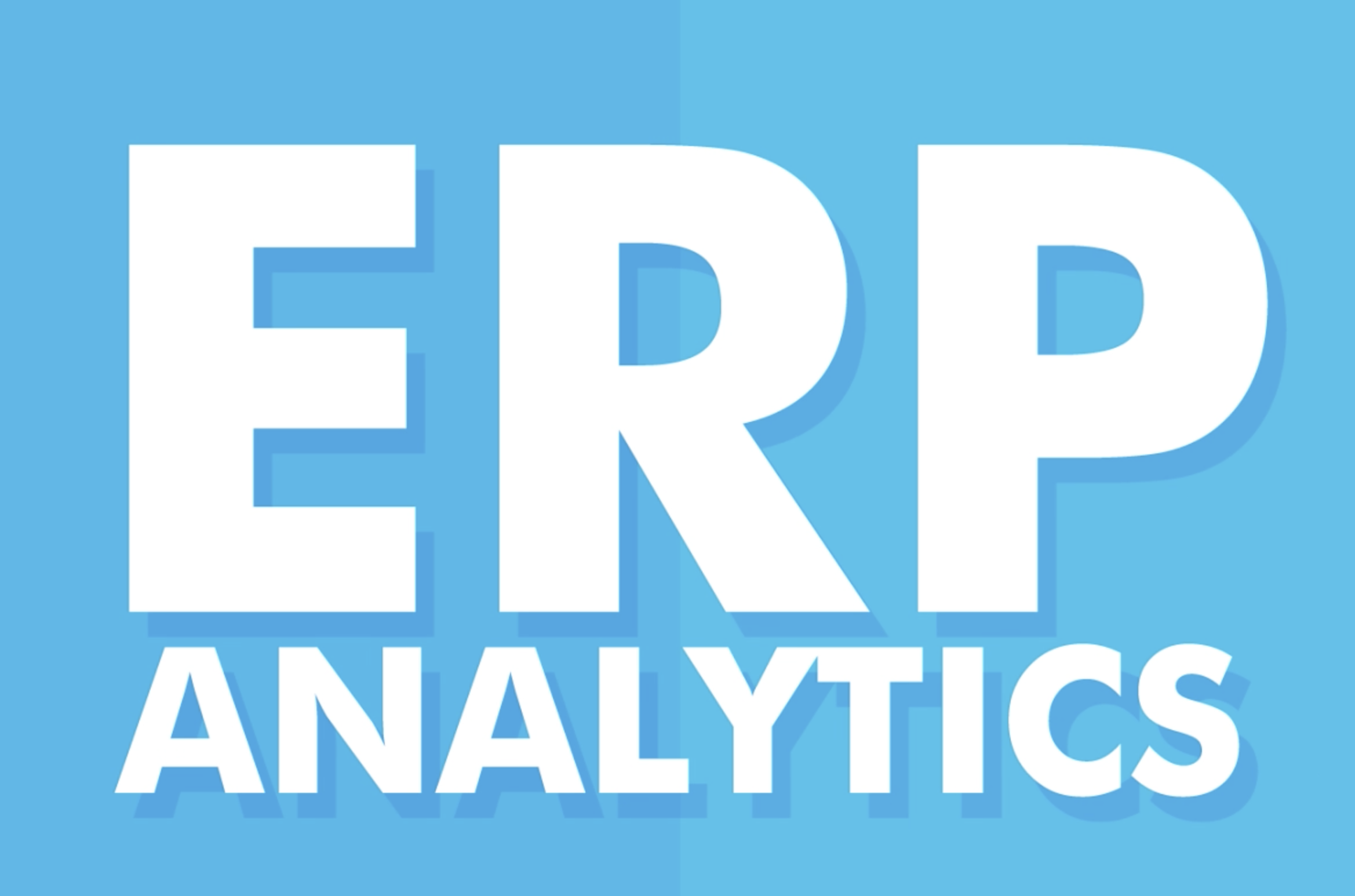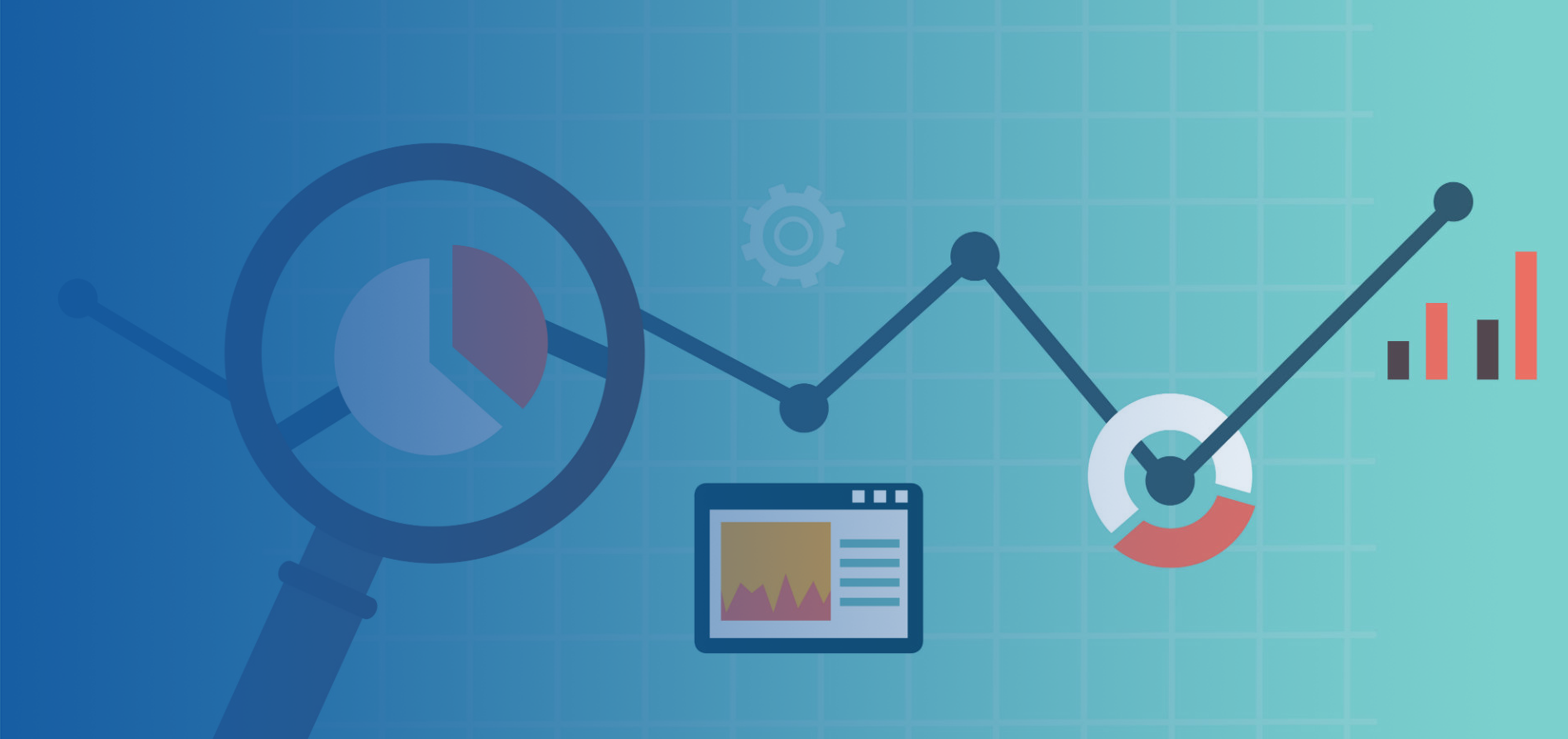
It’s a common question, and a fair one to ask when trying to justify a new investment.
Most ERP systems come with built-in reporting capabilities. What needs to be asked though is whether those capabilities are enough to give you the insights you need to predict outcomes and make better decisions.
ERP systems usually provide the ability to generate a report in a fixed structure, based on certain parameters in various formats. Using it is quite simple too --- select a start date and end date plus a few other filters, and voila, you get the output in .csv, Excel, .pdf or some other format.
However, these reports are usually subject to some limitations:
1. They are operational in nature, meaning they generally focus on the short-term to support day-to-day operations. So a sales report, for example, is likely to be a simple listing of daily sales, rather than, say, a rolling 30-day trend of sales by product or geography.
2. They are generally static and do not provide interactive capabilities such as drill-down, drill-through or drill across.
3. They are generally canned reports that do not allow users to build their own visualizations or widgets.
Because of this, people usually take an extra step to export these reports into Excel in order to do further analysis, which can be time-consuming.
That said, some of the newer ERP tools do have actual Business Intelligence tools that may solve limitations #2 and #3 above. Microsoft Dynamics is a good example of that.
But even with this, some major challenges remain:
1. The reports are still operational, albeit with better visuals.
2. Reports are almost always module-specific. So you can get a “sales by product” report
from the Sales module and an “inventory by product” report from the Inventory module. But if you wanted to compare the sales trend for a product with the inventory trend, then you would need to export both reports into Excel and manually do a comparison.
3. As these reports are operational, they provide details over a short time period. If you wanted to see a trend of 12 month rolling sales, that would be difficult to do, and also adds a lot of complexity to report development, and to report runtime.
So far, all the limitations we have discussed pertain to Descriptive Reporting, which give us historical or real-view data. ERP reporting tools don’t have any predictive analytics for forward-looking analyses supported by artificial intelligence and machine learning.
At the end of the day, an analytics solution is there to provide insights that support how we make business decisions – whether they are about day-to-day operational tasks, or larger decisions on investments, shifts in strategy, or organizational change. When you are ready to take your use of data to the next level of delivering business impact, and not just settle for operational reports, then it’s time to start evaluating analytics solutions.


